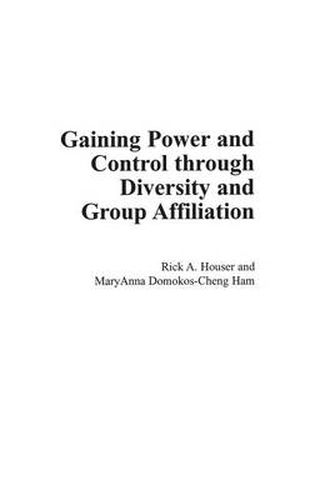Readings Newsletter
Become a Readings Member to make your shopping experience even easier.
Sign in or sign up for free!
You’re not far away from qualifying for FREE standard shipping within Australia
You’ve qualified for FREE standard shipping within Australia
The cart is loading…






This volume investigates why humans have felt the need to demonstrate power throughout history. It addresses how those from less powerful groups have struggled to gain power and how their group affiliations have helped them to do so. This book also shows that humans seek to control and have power over others. Consequently, hierarchies are developed and characteristics are applied to differentiate those who are in or out of power. The authors take an honest and systematic approach to the difficult, but relevant issue of minority groups.
Houser and Ham present a historical perspective for each minority group and show how they have lacked power and control. They discuss the current status of each group’s affiliation and power. Examples from specific cases are used to illustrate how power can be gained and how discrimination still exists. The volume concludes by discussing how group affiliation can be used to gain power. This unique book will be valuable to those interested in psychology, sociology, and education.
$9.00 standard shipping within Australia
FREE standard shipping within Australia for orders over $100.00
Express & International shipping calculated at checkout
This volume investigates why humans have felt the need to demonstrate power throughout history. It addresses how those from less powerful groups have struggled to gain power and how their group affiliations have helped them to do so. This book also shows that humans seek to control and have power over others. Consequently, hierarchies are developed and characteristics are applied to differentiate those who are in or out of power. The authors take an honest and systematic approach to the difficult, but relevant issue of minority groups.
Houser and Ham present a historical perspective for each minority group and show how they have lacked power and control. They discuss the current status of each group’s affiliation and power. Examples from specific cases are used to illustrate how power can be gained and how discrimination still exists. The volume concludes by discussing how group affiliation can be used to gain power. This unique book will be valuable to those interested in psychology, sociology, and education.